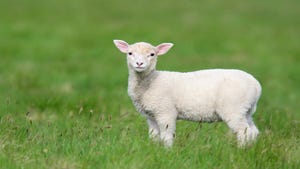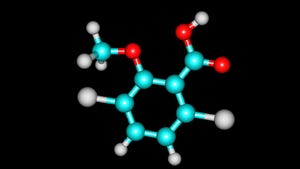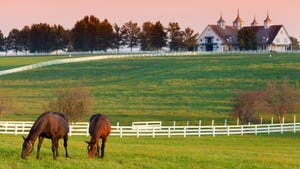April 11, 2013

Cattle producers typically wean replacement heifers at seven months of age and raise them with limited nutritional input before their first breeding. This managerial strategy is often associated with delayed puberty, particularly in tropically-adapted Bos indicus-influenced cattle, according to researchers.
In Texas, Bos indicus influence generally comes from Brahman genetics, but can involve the Nelore breed as well. To maximize successful pregnancies in replacement heifers early in their first breeding season, studies conducted at Texas A&M University and at the Texas A&M AgriLife Research Station-Beeville are evaluating nutritional strategies to promote puberty consistently by 12 to 14 months of age in Bos taurus x Bos indicus crossbred heifers.
Drs. Marcel Amstalden and Gary Williams, reproductive physiologists at Texas A&M University and Texas A&M AgriLife Research, along with doctoral students Rodolfo Cardoso and Bruna Alves, are evaluating mechanisms that lead to the early onset of puberty in heifers. The goal of the work is to use newfound fundamental knowledge of heifer development to optimize pregnancy in replacement heifers by 15 months of age and increase the proportion of heifers calving early in their first calving season.
“Nutrition plays an important role in the developmental controls of puberty in heifers,” Williams said. “Breed type is a factor as well, and there are dietary strategies that can help us time the onset of puberty.”
If you are enjoying reading this article, please check out Southwest Farm Press Daily and receive the latest news right to your inbox.
Recent research has shown that age at puberty in Bos taurus beef heifers is reduced to approximately nine months of age by early weaning calves at three to four months of age and feeding high-concentrate diets that promote increased rates of body weight gain for as little as 70 days, according to the researchers.
“A similar response is observed in heifers with Bos indicus-influence,” Williams said. “Our studies have indicated that early weaning, combined with elevated intake of high-concentrate diets, is associated with enhanced propionate production in the rumen and increased concentrations of the fat-derived hormone, leptin in circulation.”
“The brain is a major target for leptin’s control of feed intake and energy expenditure,” Amstalden said. “Because the impact of nutrition on age at puberty is largely mediated at the hypothalamus, a region of the brain involved in the regulation of various body functions including reproduction, studies have focused on this brain region to explain the process of reproductive maturation.”
Their studies have found that a number of genes in the hypothalamus are regulated by nutrition and body weight gain during calfhood. Structural and functional changes in neurons (nerve cells) are also evident. These scientists are now testing management changes that would improve pregnancy rates early and optimize lifetime productivity in replacement heifers.
However, the scientists warn that strategies to accelerate puberty have to be considered with caution to avoid precocious puberty and unwanted pregnancies, compromising heifer development and reproductive efficiency later in life.
Funding for the research has been provided by the Texas Beef Enhancement Program through AgriLife Research and by the Agriculture and Food Research Initiative Competitive Grants from the U.S. Department of Agriculture-National Institute of Food and Agriculture.
You may also like:
Cattle industry watchful of beef demand’s effect on consumer prefere…
Beef producers learn finer points of bull selection at workshop
About the Author(s)
You May Also Like




